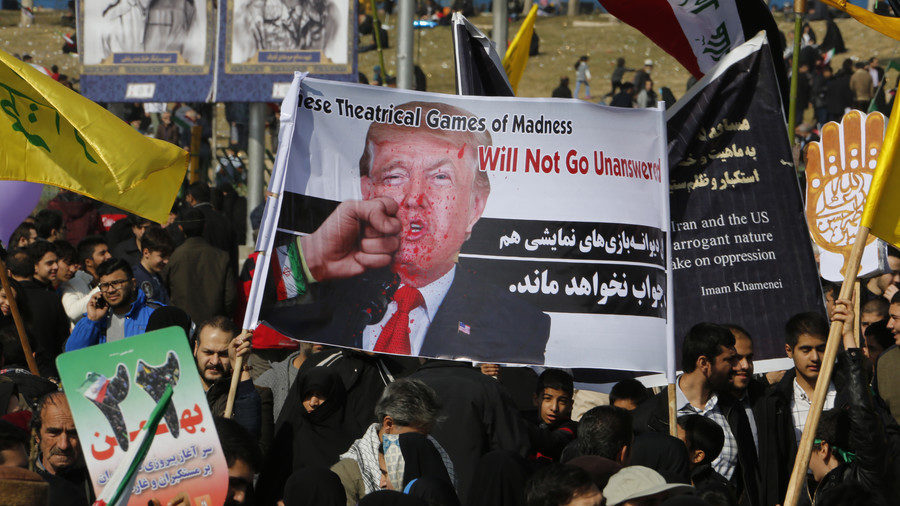
In a recent survey conducted by the Center for International and Security Studies at Maryland and IranPoll, only 0.3 percent of Iranians selected "lack of civil liberties" as the most important problem or challenge currently facing Iran. "Injustice" was also at the bottom of the list of grievances, at just 1.4 percent.
Respondents overwhelmingly selected unemployment (40.1 percent) as the largest problem facing the country, followed by inflation and high costs of living (12.5 percent), youth unemployment (9.4 percent), low incomes (6.9 percent) and financial corruption/embezzlement (6 percent).
But after listening to Washington's bloviating, you would never know that the economy, not an 'evil regime that suffocates your dreams and buries your hopes,' is the primary source of discontent in Iran. In one of her many melodramatic performances in front of the UN Security Council, US Ambassador Nikki Haley said that the Iranian protesters were a "powerful exhibition of brave people who have become so fed up with their oppressive government that they're willing to risk their lives in protest."
In early January, Secretary of State Rex Tillerson gave a similar ode to Iran's fabled freedom fighters, saying the United States would support any peaceful efforts by the Iranian people to "achieve their aspirations" for "greater freedom."
Vice President Mike Pence presented his own highly-imaginative message to the Iranian people while addressing Israel's Knesset on January 22. "From the people of America to the proud and brave people of Iran: We are your friends and the day is coming when you will be free from the evil regime that suffocates your dreams and buries your hopes," bellowed the former governor of Indiana.
And then, of course, there are the tweets of encouragement from President Donald Trump, who on more than one occasion expressed his deep, 280-character solidarity with the "freedom hungry" Iranian people.
America's industrious op-ed columnists bravely followed suit. Writing in the New York Post, Benny Avni explained what steps the Trump administration must take if it is truly "committed to helping Iran's freedom-seekers." Not to be outdone, the Hill published an op-ed penned by Frederick Kagan, 'Iranian protests give America chance to advance freedom', in which Kagan argued that the protests were a "landmark event" whose "suddenness, extent, and political and anti-regime composition were unlike any previous unrest Iran has seen since the revolution of 1979."
Despite Washington's creative interpretation, the true causes behind the week-long protests were hardly focused on the anti-government sentiment as the main issue.
"The middle class, who took to the streets, are asking for more economic reforms, asking for more jobs and employment, [for] better standards of living," Ahmed Al-Burai, a lecturer at Aydin University in Istanbul, told RT in January.
"People are protesting because [they] are under economic pressure and the government must be responsive in the face of rising inflation and these economic hardships," Mostafa Kiaie, an Iranian demonstrator, said in December, as cited by AFP.
Both the White House and the media were largely silent about pro-government counter-protests held across Iran. A professor of politics at Tehran University, Seyed Mohammed Marandi, told RT that the West was cherry-picking public sentiment in Iran.
"The counter protests were much larger, but these were not reflected in the Western media," the academic said.



Comment: